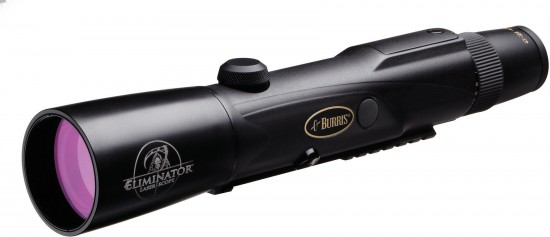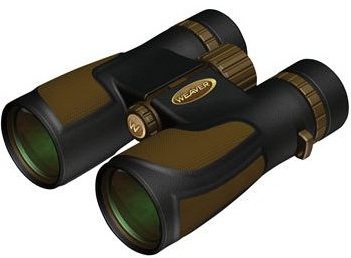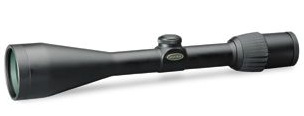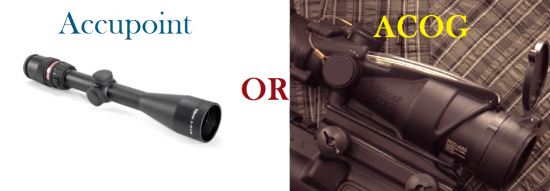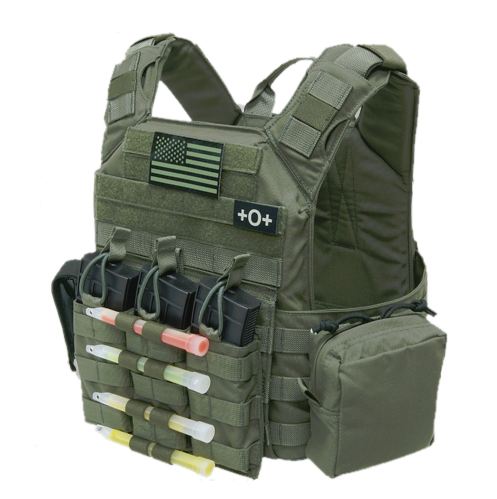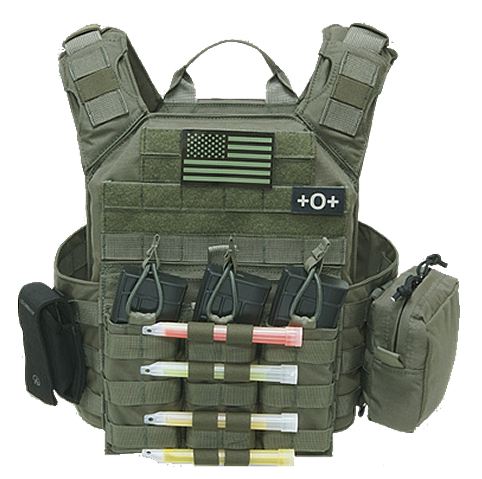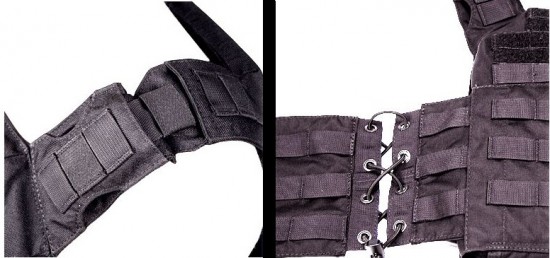Oct 4 • News • 6426
Allow me to relate a recent experience where I wish I had a night vision monocular close at hand. I was home alone. Well, not completely alone, but as you can see from the picture below, my pup Mickey wasn’t in a guard dog kind of mood. My other pup Samson was even more tired, as I’d walked them both 3 miles just before sunset. I don’t know why I decided watching a horror film was a good idea, but I decided to watch the classic film The Exorcist.
While alone. At night.

Mickey slept through the scariest part of the film!
Mickey did sit with me, or I should say on me, but he slept through most of the film. He wasn’t going to be much help. After the film ended I sat with him before putting him to bed. Mickey seemed entirely undisturbed by the film. I wasn’t so lucky.
Normally, I like horror films and am not bothered by them, but The Exorcist has always found a way to creep into my subconcious as I fall asleep. In those half-awake moments childish fears replace my good sense and logic. It was in this half-dozing state that I found myself wondering where the Ouija Board I had as a kid was. Perhaps, I thought, it was thrown out years before. My mom never much liked it, and I’m sure I hadn’t used it in years.
But there was a sound. Not a scratching. Not a clawing. A sliding. A shifting. I felt certain I could hear something moving in my room. It was low and subtle. Not a booming. Not a sudden, startling rush of noise. It was just barely there. I could hear it over the sound of my fan, and the more I heard it, the more I listened, the louder, or at least more distinct, it grew. I thought for certain it was the planchette (handheld piece) from a Ouija Board game spelling out horrific messages beneath my bed.
I opened my eyes and saw the green glow from my bedside alarm clock. The angle was such that I couldn’t make out the time, but the green glow reminded me of night vision. I found myself wishing I had a night vision monocular right then. There’s something comforting about the power of the device. You can see danger while it can’t see you. I suppose this wouldn’t matter in a supernatural Exorcist-type situation, but the advanced nature of the device helps calm fears.
The green light from my alarm did not illuminate very much and cast no shadows, but it did make the surrounding darkness that much more menacing.
Then the air flow in my room changed. This was distinct and followed a definite sliding sound. In the green light I could just barely see my curtains moving. There was no moon that night, but just enough light from the stars allowed me to see the folds in the curtain as they swayed.
I was afraid.
It was a childish fear, but I couldn’t help it once the fear settled in. The room was cool, which is how I like it, but I started to feel warm. As my mind raced I knew that I needed to get my mind off the film. I looked at the green light. I thought about how night vision works. Light intensification night vision, unlike thermal imagers, takes the ambient light in a room and amplifies it so you can see. In my bedroom, as the walls closed in, I knew there was more than enough light for any night vision device to give me a decent view. If the shades were pulled and the power went out there might be too little light for the night vision, so I’d need more for a clear view. I’d recently read about the Firefield Nightfall 4×50 Monocular, and I ran through what specs I could remember. It was easy to use, which I prefer, especially in the dark where it’s hard to make out lots of buttons.
The Nightfall also has a built-in infrared illuminator, so even if the room was completely dark I’d be able to see. That infrared light is invisible to the naked eye so you won’t be giving away your position. For my current situation, trapped under my blankets with imaginary monsters creeping back and forth around my bed like sharks around a life raft, the 4x magnification wouldn’t be terribly useful. The room isn’t large enough to need magnification, but if you’re outside hunting or doing some home security that 4x magnification is amazing. Night vision allows for identifying an object much better than thermal imagers, so if you see an animal that’s roughly the size of my dogs you’ll be able to see if it’s a fox, hog or dog.
I know the Firefield Nightfall is a monocular, meaning it only takes up one eye, so you’d be able to look through the monocular with one eye while maintaining your natural night vision with the other for more peripheral vision and an easier time walking around the woods at night.
I started opening and closing one eye and then the other to simulate this effect. I stared at the green alarm with my right eye while my left eye was closed, then look away and switch eyes. Pirates used to do this when out to sea. Many sailors would wear an eye patch when on duty at night. When outside they’d wear the patch on one eye, and if they stepped inside for a minute they’d switch eyes to preserve their natural night vision. This way, when they went back out they’d be able to spot boats or land much quicker and easier.
I kept running through these thoughts. I thought about what pirate name I’d chose (Brian isn’t as menacing a name as Captain Death Rattle), if I’d be more swashbuckling or a terror of the open seas, and how big my hat would be. Each of these lines of thought came back to The Exorcist.
I heard another sliding sound followed by a click. It seemed to me that as soon as I’d hear the sliding and start focusing intently on it the sound would stop. Like someone sneaking by you stopping if they think you’ve heard. I couldn’t understand the click. It sounded like a fingernail hitting a cheap wood table and scraping just a bit against the wood. Vivid details of how this could happen in a realistic way entered my mind. But so did unrealistic, frightening possibilities.
The airflow shifted ever so slightly as well. I felt a little air moving across my face, but none on the back of my head as it had been a moment before. Something was sweeping across the room. Every time there was a sliding sound the whole room seemed to shift.
I wondered at my cowardice as I lay beneath the blankets. I thought about how the Firefield Nightfall would be a great tool to have nearby. I tried to think if there was anything else about it that I was forgetting, and I realized its biggest selling point is value. The Nightfall is a very affordable night vision monocular. I have yet to make my millions so the low price of $159.99 would be a great way to get a night vision unit without going broke. I could use it when walking my dogs to spot skunks and coyotes, a the versatility of the device would help me check the yard for some light home security. I could peer out a window to check for intruders without them knowing I was watching.
For whatever reason thinking about money helped me think clearly. Maybe it’s because money is so cut-and-dry and no-nonsense. Maybe I simply got my mind off my fears long enough to recognize them for the silliness they are. Whatever the reason, I sat straight up and turned on the light.
I’d forgotten the recent changes to my room. The floor is wood, and I’d removed a rug in anticipation of an upcoming move. My fan has rubber stoppers on the base, but they don’t get very good traction on the wood floor. If the fan isn’t angled upward the spinning blades act as a propellor on a plane. Apparently the rubber stoppers are better on one side so when the fan moves it turns to the left. I could just barely hear the rubber sliding on the floor, and when the fan turned it recentered on the curtains, causing them to move more than before. The air flow changed as the fan’s direction did.
Rather than a little girl standing at the base of my bed with her head turning round and round my fan was sliding on the floor. No wonder the dogs didn’t bark at the imminent danger I’d been certain of only a few moments before. If only I’d had a Firefield Nightfall Night Vision Monocular to let me see how silly my fears were!
OpticsPlanet • 4 Comments on Use the Firefield Nightfall Night Vision at Home or Out Hunting to See Past the Shadows!
Read More
